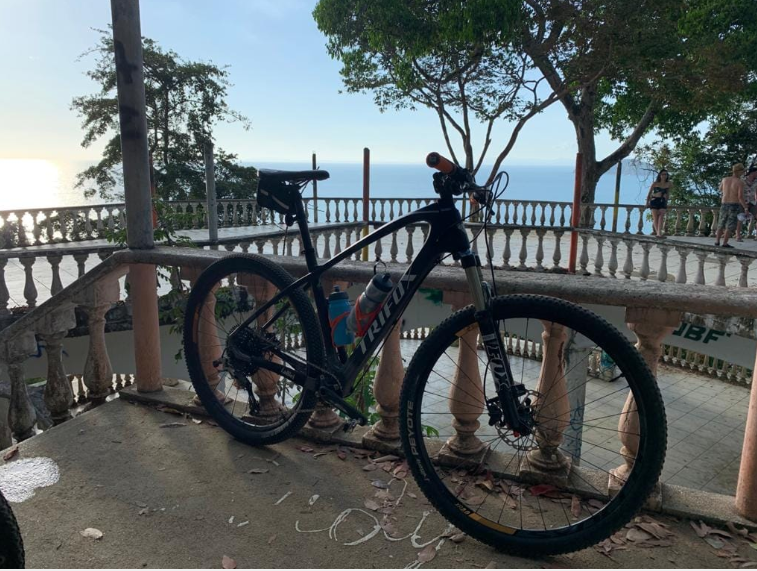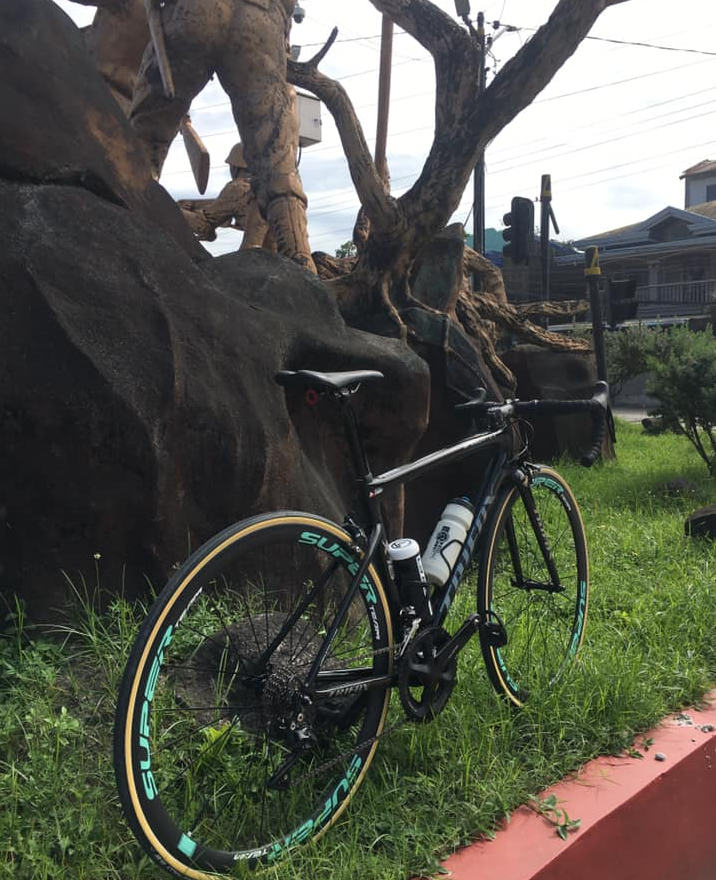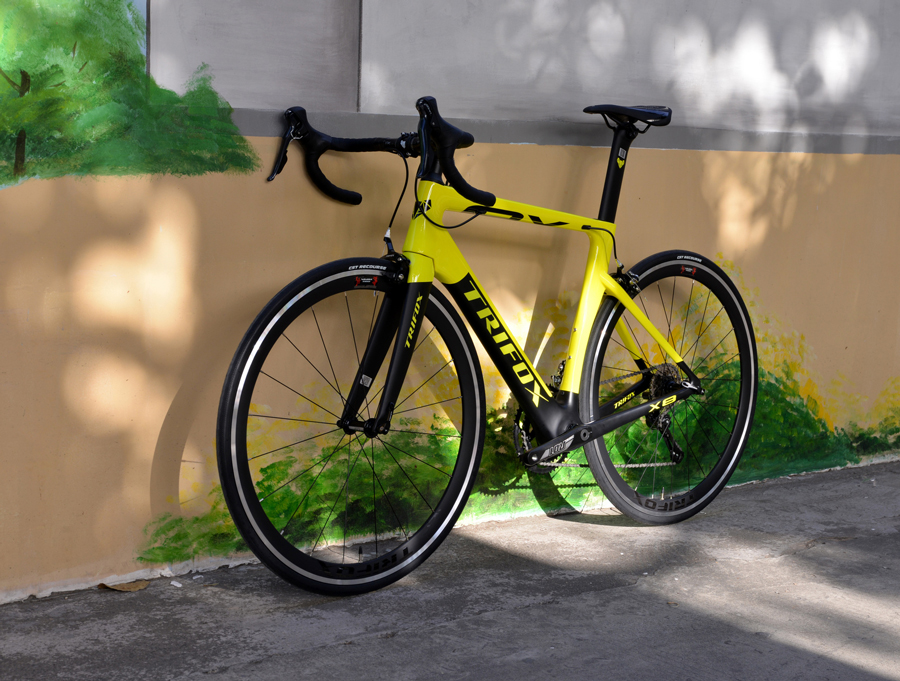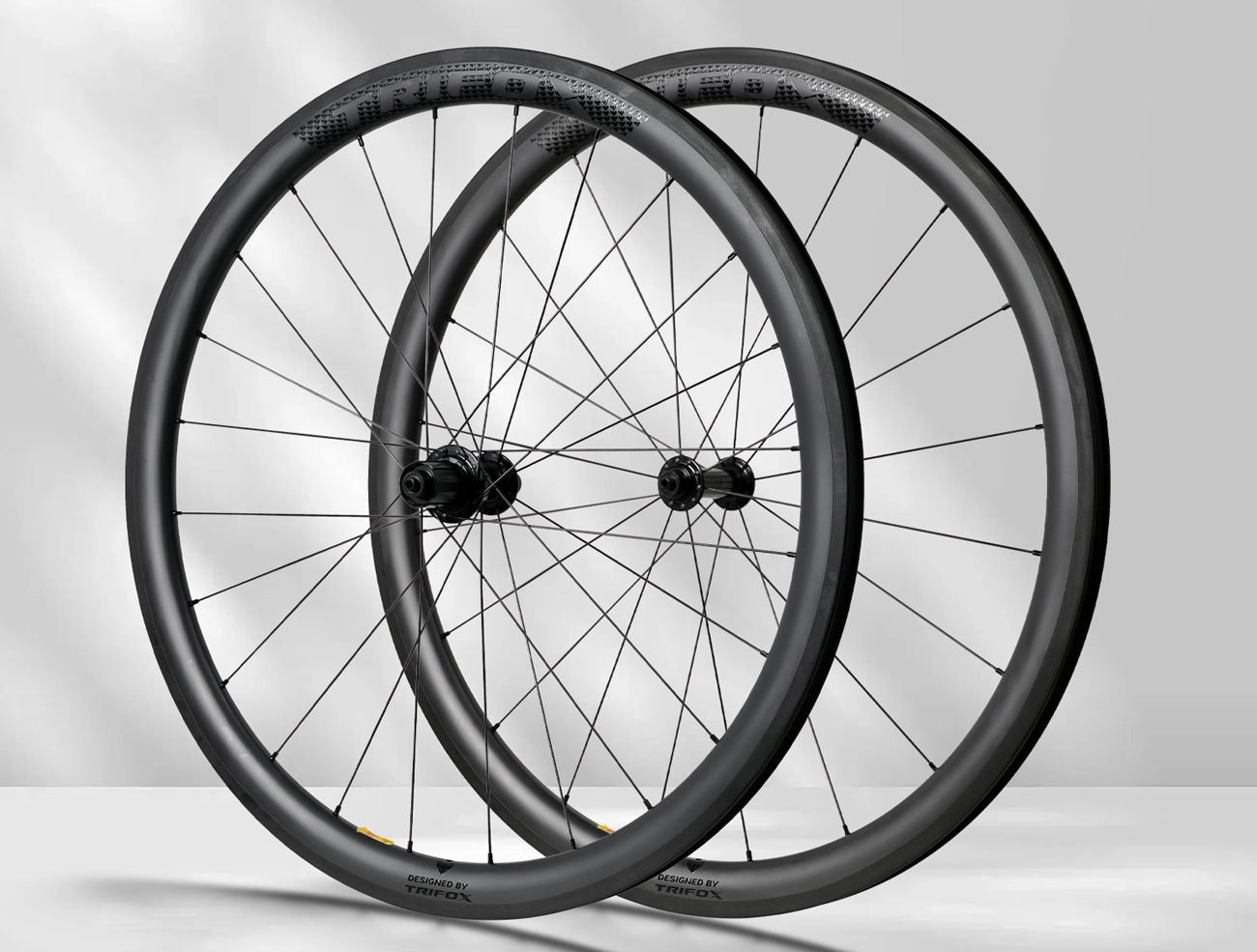The Cycling mountain bike has always been a game for the brave. It is common to see cyclists shouting “Don't counsel, just do it!” to encourage novices to take risks. The result is “Crash-Fracture-Sell the bicycle-Retreat” Are the ideas that have been passed down in the Cycling mountain bike circle right? Today we will break them one by one!

Rumor 1: Self-study is the best-learn through practice
The cycling mountain bike is a sport that requires skill, just like tennis, golf, and skiing. Specifically, many technical actions of mountain bikes have right and wrong methods.
Most people rely on their own groping to practice skills. They think that the so-called riding skills are what they like and feel good. These people think that only rookies need guidance. The problem is that many experienced drivers are wrong because what they taught themselves from the beginning is wrong.
In fact, the more mature the development of Cycling mountain bikes, the more attention is paid to the cultivation of basic riding skills. Rookie cyclists can greatly improve their riding skills by receiving instruction and teaching, and mountain bike coaching has become a viable profession. . Can you imagine self-taught tennis, swimming, or golf? You may be a genius, or you may be lucky, but it is very possible you did it wrong in the first place, and if so, you will spend three times the time to correct it. Therefore, whether it is through group lessons, one-on-one guidance, or through friends, or even instructional videos and books, the results will be very different.
One obvious aspect is that if the cyclist knows how to properly control the bicycle, he can avoid some unavoidable crashes, skin bruises, and fractures. The difficulties of Cycling mountain bikes include steep lanes, unfriendly rocks, out-of-control ruts, annoying tree roots, and the biggest enemy corners. If you use the wrong technique or lose concentration, any of these factors may slap the cyclist on the ground and rub.
The cycling mountain bike is not a dangerous sport in itself. Wrong riding skills and risky behaviors that blindly challenge beyond one’s own level are the most dangerous. Don’t think about “going to ride” and it’s OK. Gradual procedures and mastering the correct riding skills are king.
Rumor 2: This is not a problem with the Mountain bike, but a problem with the cyclist.
Only those who are very proficient in cycling would say this. It may also be people who hate high-tech and don’t want to spend money on upgrading equipment, cycling their seriously outdated mountain bikes, and persuading themselves not to change equipment (except for retro-feeling players). The updated iteration speed of mountain bikes is much faster than that of road bikes and commuter bikes. The top mountain bikes ten years ago will also appear out of date today, and even difficult to complete today’s difficult races.
But for most mountain bikers, mountain bikes play a very critical role in cycling fun, performance, and safety. Let the same cyclist ride on a $300 bicycle and a $1200 bicycle, the cycling experience is definitely different. On a $1,200 mountain bike, the cyclist will be faster, safer, and ride happier.
Of course, when the price and performance reach the optimal point, the income will diminish. But before that, every dollar spent would be a big gain. But after that, no amount of money may only improve performance by 10%. The development of many things follows this law of diminishing marginal returns. Compared with a mountain bike of USD 500, a mountain bike of 5,000 dollars has a huge performance improvement; however, when comparing mountain bikes of $5,000 and $6,000, ordinary people will probably not experience much difference in cycling.
By the same token, if you buy a 15-year-old full-suspension bike and a brand new full-suspension bike worth $3,000 at the same price, the same cyclist will have a better ride on the new full-suspension bike Line experience. A cycling mountain bike is a dynamic and evolving knowledge. In the past ten years, bicycle design has made great progress. In addition, many different types of mountain bikes have now evolved into different cycling methods, and different cycling types have very different feelings.
Does the cyclist also matter? Of course, we believe that the cyclist is still the main part of the overall performance. But we must not ignore the important role of the bicycle itself in this sport, and its ability to make the cyclist feel comfortable, safe, and constantly improving.
Rumor 3: Only downhill players need to wear knee pads and protective gear
Most people don’t wear knee pads because they are bulky and feel that the crash is far away from them. But the problem is that only God knows when and where to fall during an unknown, dangerous ride. When the terrain and friction are constantly changing, and ground debris and obstacles interfere with the control, the crash is uninvited. Accidental crashes are not a problem of chance but a problem of frequency. It always happens. Never use your body to make an impossible gamble.
Another unknown factor is that most crashes occur on simple and familiar routes, usually due to the cyclist’s inattention. As the so-called “ship overturned in the gutter”, routes that are too familiar often make cyclists feel self-righteous and lose concentration. Any rut or curve may cause a crash, and sometimes it may be a serious crash because the cyclist is completely unprepared and will be pressed hard on the ground and rubbed, rubbed, rubbed…
The good news is that technology has kept up with the pace of Cycling mountain bikes, and now there are many types of knee pads and protective gear. The most exciting thing is that Lindau and XC cyclists can use lighter protective gear. In riding especially when climbing hills, knee pads are the best choice. In the event of a crash, the protective gear can protect your knees intact. It’s a beautiful day without injury, right?

Rumor 4: Those who use the lifting seat tube are novices who can’t use the downward tilting technique
Similarly, this misconception is also preached by old stubborn people who think they have perfected their riding skills 20 years ago. This is another example of refusing to learn new things after getting used to old technical ideas and riding habits. They often say, “I never lower the Seatpost post during a ride. What use do I want this iron rod for?”
Lowering the seat bag during steep descents is only a small part of the advantages of the lifting seat tube. In addition, the lifting seat tube can effectively prevent the cyclist’s center of gravity from tilting forward, but the role of the lifting seat tube is much more than that.
Because the lifting seat tube also plays an important role in turning. Lowering the height of the seat tube allows the cyclist to move the center of gravity freely. This is a very important riding technique. Instantly lower the center of gravity to get an extra grip to quickly corner.
The body is like an energy ball, at the critical moment to achieve the integration of people and bicycles: when going down a steep slope, the center of gravity is moved backward and pressed on the rear wheels to prevent the handle from falling off, and when climbing a steep slope, the center of gravity is tilted forward to prevent heads. When you turn on a gravel road without traction, stand up, and ride, then you will find that a lower seat will reduce bumps and increase traction.
These techniques are possible because of the lifting seat tube. When the seat bag can be raised and lowered freely, cycling will be easier, safer, and more effective. If you are not after a performance or aggressive riding style, you can also consider the safety brought by the lower lift seat tube. This is safer, allows people to learn and progress better, and accept more challenging terrain.
Rumor 5. After graduation from the Rookie stage, you need to upgrade to lock pedal
Cycling with a locking pedal is easy for those master cyclists, but it is a huge burden for beginners and intermediate cyclists. Novices should first use flat pedals to learn pedaling. When they have enough experience and confidence, they can switch to locked pedaling. But is it really so? Is it necessary to be a master to be locked?
On the contrary, if cyclists want to participate in high-level XC or endurance races, they can choose to lock pedals. In cross-country races and long endurance races, mountain bikes using lock pedals are much faster, because the combination of lock pedals and lock shoes is lighter and harder, and the feet are always kept in the best pedaling position, unlike Flat pedaling wastes time looking for the best pedaling position. Sprinting with locked pedals is also an advantage because the cyclist can increase pedaling efficiency and focus on using more leg muscles to sprint to keep a safe pedaling without losing the foot.
However, there are many problems with the locked pedals, including the possibility of injury during the process of learning to use the locked pedals; the separation of people and bicycle when it is too late to unlock at a dangerous moment; and having to wear the locked pedals to climb mountains or enter the restaurant is very uncomfortable.
Regardless of the competitive environment, ordinary people, especially mountain biker cyclists who are committed to mountain bike technical action practice, can choose flat pedals or lock pedals according to their needs. It makes sense to choose the appropriate equipment when appropriate. The good news is that now cyclists are free to choose whether they are learning to ride or master.

Rumor 6. You should learn how to cycle a hardtail mountain bike correctly
Hardtail mountain bikes are great for beginners, not only because there are many cheap models to choose from, but they also have a good “price/weight ratio”, but the scope of application of hardtail mountain bikes on fierce racetracks is really good. Limited, over-range use will make your cycling painful or even crash.
However, it is nonsense to preach that all beginners should use a hardtail to learn the correct cycling technique. This is equivalent to saying that a person should learn to drive on the track with a truck in order to learn correct cycling skills. At least one thing is true: the cyclist will find the correct lane trajectory in the face of a huge impact. But it also has many mistakes, and the same reasoning applies to learning how to use a hard fork, rim brake, or single-speed mountain bike. This suggestion is terrible.
Using inappropriate equipment to learn cycling skills will only slow down the learning speed and increase cycling risk factors. cyclists cannot quickly cycle on challenging terrain, making mistakes can cause crashes and even injuries. The ideal model is a full-suspension mountain bike with 120mm front and rear suspension travel. Equipped with a lifting seat tube will make the learning process more efficient.
Of course, full-suspension mountain bikes are not cheap and not everyone can afford them. Choose a hardtail mountain bike you can afford to equip with a widened cross-country tire (2.8 or even wider) and a lift seat tube. This method is very good.
Rumor 7. this is all market hype and nonsense
Many great mountain bike innovations, suspension, disc brakes, seat tube, 1x transmission, and tubeless tire system have been considered by many to be marketing hype, including the evolution of the 26, 27.5, and 29 wheel diameters are also “conspiracy theories” “We commented on the depot’s means of collecting money. These have really improved the cyclist’s experience and ability in the actual riding process. But I also understand the criticisms about the incompatibility brought by the ever-changing hub specifications and BB standards.
So, what rumors have you heard about Cycling mountain bikes? What detours have you taken? May wish to leave a message to share your experience!




















































































